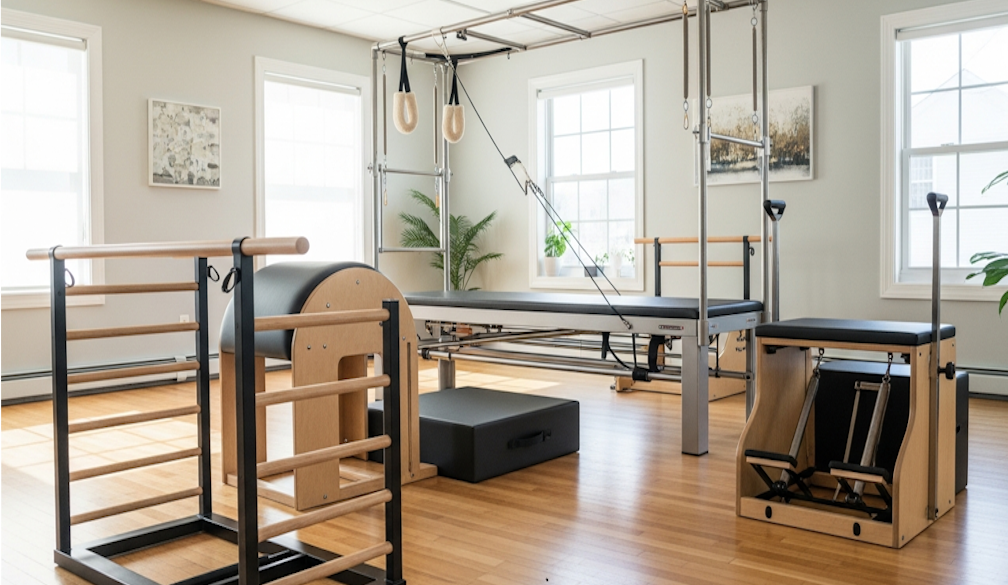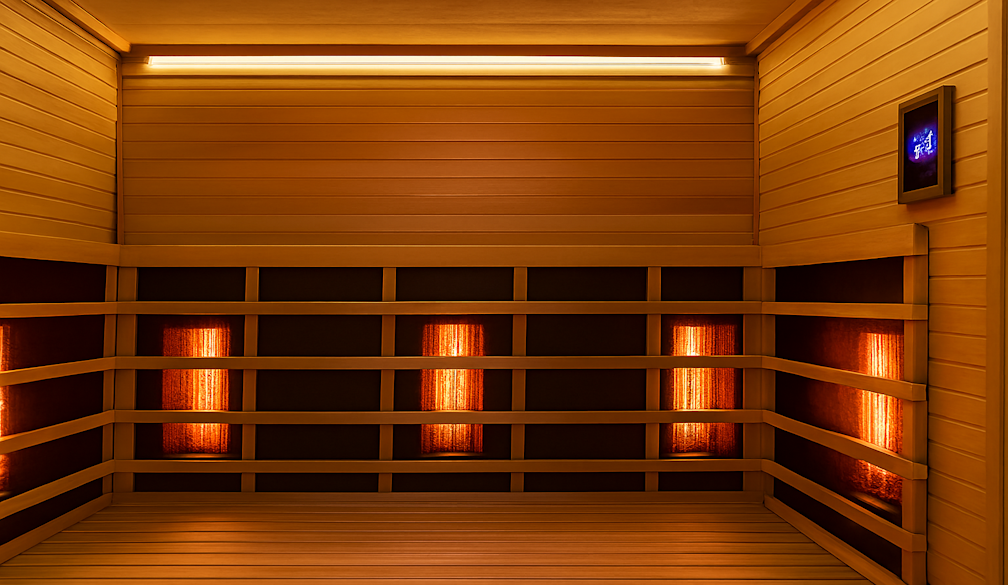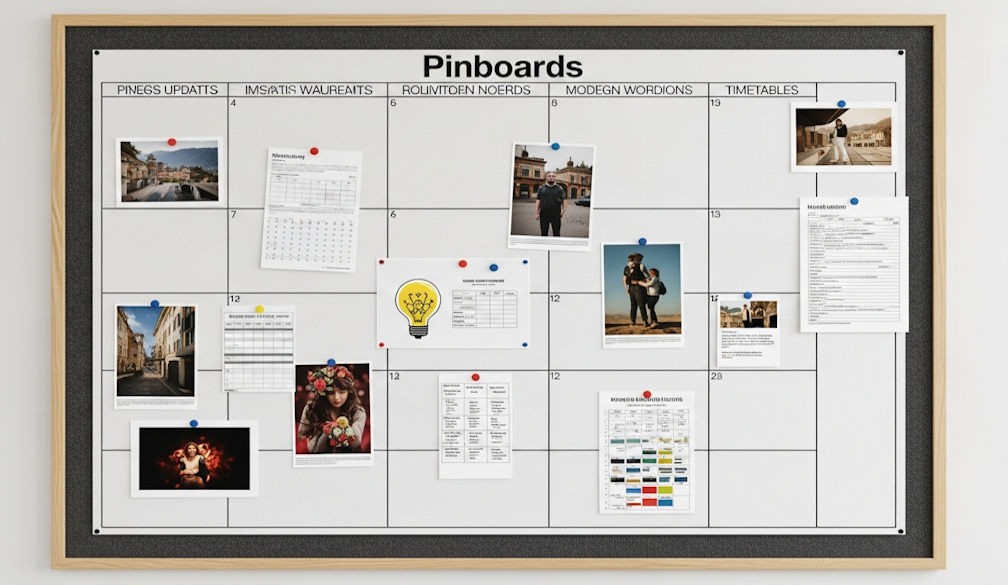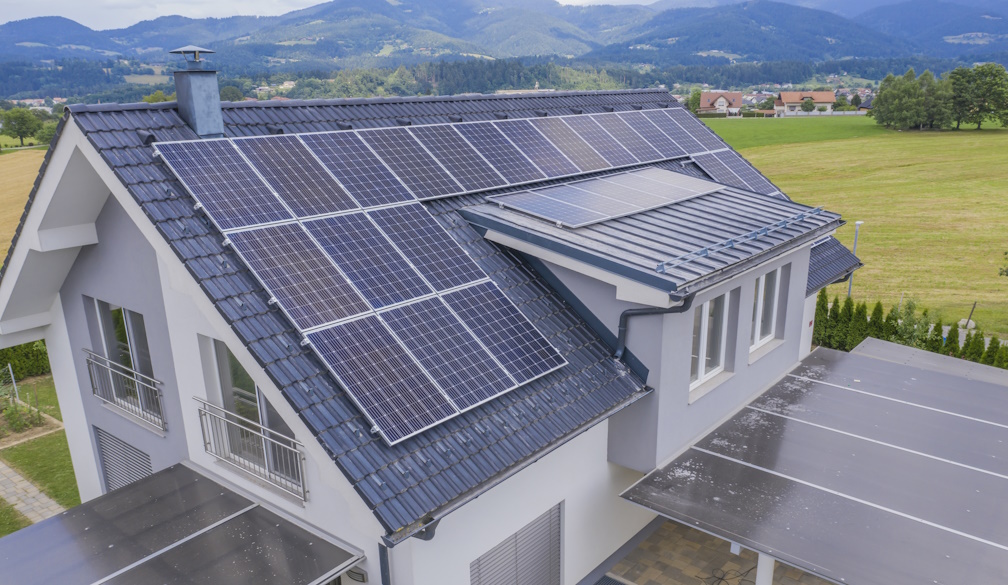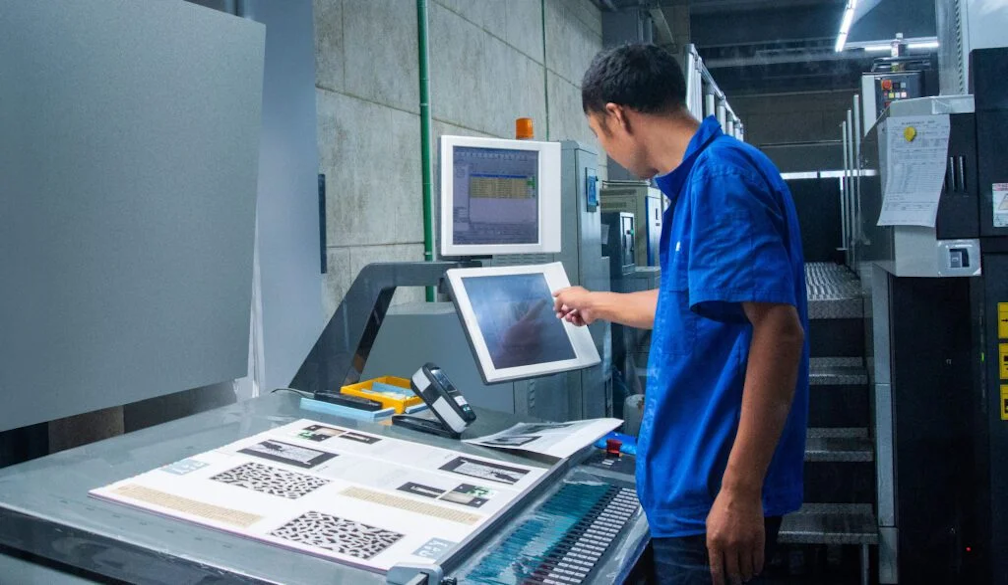How to Repair a Faema Coffee Machine: A Practical Guide for Coffee Lovers

Introduction
If you’re the proud owner of a Faema coffee machine, you already know that it’s more than just a kitchen appliance — it’s a vital part of your daily ritual, whether you’re brewing the perfect morning espresso at home or serving customers in a bustling café. Known for their craftsmanship, durability and classic Italian design, Faema machines are built to last — but like any well-used piece of equipment, they occasionally require a bit of TLC.
In this practical guide, we’ll walk you through how to diagnose and carry out common repairs on your Faema coffee machine. From resolving issues with water flow to replacing worn seals and cleaning essential components, we’ll cover the basics to help keep your machine in excellent working order. Whether you’re a home barista or a small business owner, knowing how to maintain and troubleshoot your equipment can save time, money and stress in the long run.
Before you reach for the screwdriver, we’ll also highlight important safety tips and help you decide when it’s best to call in a professional. Let’s get started.
Understanding Your Faema Coffee Machine
Before diving into repairs, it’s important to get to grips with the basic components and workings of your Faema coffee machine. While each model has its own unique features, the core design principles remain fairly consistent across the range.
Popular Faema Models in Australia
Faema machines are widely used both in commercial and domestic settings. Some of the most common models found across cafés and homes in Australia include:
- Faema E61 – a legendary classic, often used in professional settings.
- Faema E98 UP – known for its reliability and ease of use.
- Faema Teorema – a more modern, high-performance machine ideal for busy cafés.
Identifying your model correctly is key to sourcing the right spare parts and following the appropriate repair instructions.
Basic Anatomy of a Faema Machine
While designs may vary, most Faema espresso machines share the following core components:
- Group head – where coffee is brewed and hot water is dispensed.
- Portafilter – the handle and basket that holds the ground coffee.
- Boiler – heats the water and creates steam pressure.
- Steam wand – used to froth milk.
- Solenoid valve – controls water flow through the group head.
- Pump – builds pressure to push water through the coffee grounds.
- Control panel – houses the electronics and buttons/switches for operation.
Locating the Model and Serial Number
You’ll usually find the machine’s model and serial number printed on a metal plate, often located near the drip tray, behind a panel, or on the underside of the machine. This information is essential when ordering replacement parts or seeking technical support.
Common Issues and Their Causes
Even the most reliable coffee machines can experience hiccups now and then — and servicing Faemina machines in Australia is no exception. The good news is that many issues are relatively easy to diagnose and, in some cases, fix at home or on-site. Below are some of the most common faults encountered with Faema coffee machines, along with their likely causes.
1. No Water Flow from the Group Head
- Possible Causes:
- The clogged group head or coffee puck is too fine.
- Faulty or blocked solenoid valve.
- Airlock in the system.
- Malfunctioning pump.
2. Steam Wand Not Functioning Properly
- Possible Causes:
- Blocked steam nozzle due to milk residue.
- Limescale build-up in the steam pipe.
- Faulty steam valve or knob.
- Insufficient boiler pressure.
3. Machine Not Heating Up
- Possible Causes:
- Tripped thermostat or faulty heating element.
- Broken temperature sensor.
- Electrical fault within the control board.
- Boiler scale is causing poor heat transfer.
4. Leaks or Water Pooling Under the Machine
- Possible Causes:
- Worn-out gaskets or O-rings.
- Loose or cracked hoses.
- Drip tray overflowing or improperly fitted.
- Internal pipework corrosion or damage.
5. Unusual Noises During Operation
- Possible Causes:
- Air in the pump system.
- Scale build-up affecting the pump or boiler.
- Vibrations from loose panels or fittings.
- Motor strain due to blockage.
By identifying the symptoms early and understanding what’s likely to be behind them, you’ll be better equipped to take the right steps — whether that means a simple cleaning routine or preparing for a minor repair.
Safety First: Preparing for Repairs
Before you get stuck into any repair work, it’s essential to take proper safety precautions. Faema coffee machine repairs involve using high-pressure steam, hot water, and electrical components — all of which can be hazardous if handled incorrectly. Here’s how to prepare safely and sensibly.
1. Switch Off and Unplug
Always turn off the machine and unplug it from the mains before starting any kind of maintenance or repair. Allow sufficient time for the boiler to cool down — this can take 30 minutes or longer depending on the model.
2. Allow Pressure to Release
Open the steam valve or hot water tap to release any residual pressure from the boiler. Be cautious — even after powering off, pressure and heat can linger in the system.
3. Clear and Dry the Workspace
Work on a dry, stable surface with plenty of space around you. Keep towels and a small container handy for catching water or loose parts.
4. Gather the Right Tools
Having the correct tools to hand will make repairs safer and more efficient. You might need:
- A set of screwdrivers (flat-head and Phillips)
- Adjustable spanner or wrench
- Descaling solution (food-safe)
- Group head brush
- Multimeter (for electrical checks)
- Food-grade lubricant (for seals and O-rings)
- Torch or headlamp (for peering into tight spaces)
5. Know Your Limits
Some repairs — especially those involving internal wiring, control boards or high-voltage components — are best left to qualified technicians. If in doubt, don’t attempt a fix-it yourself.
By taking the right safety steps before beginning, you reduce the risk of injury and protect your machine from further damage. Once everything is prepped and safe, you’ll be ready to begin diagnosing and fixing the issue.
Step-by-Step Troubleshooting and Repair
Now that you're familiar with the common issues and have your tools ready, it’s time to get hands-on. This section covers straightforward repair tasks that many Faema owners can manage themselves, from cleaning and descaling to replacing worn parts.
Descaling and Cleaning
Limescale is one of the biggest culprits behind poor machine performance, especially in hard water areas.
Signs You Need to Descale:
- Slow water flow or reduced steam pressure.
- Unusual taste in coffee.
- Heating issues.
How to Descale a Faema Machine:
- Empty the boiler (refer to your model's manual if needed).
- Mix descaling solution according to the product instructions.
- Run the solution through the machine’s group head and steam wand in short intervals.
- Let it sit for 15–20 minutes to break down deposits.
- Flush thoroughly with clean water until all traces of the solution are gone.
Routine Cleaning Tasks:
- Backflush with a blind filter and cleaning powder (if your model allows).
- Soak and scrub the group head screen.
- Wipe down the steam wand after each use and purge steam to prevent milk residue build-up.
Replacing Gaskets and Seals
Worn gaskets can cause leaks, loss of pressure, and inefficient brewing.
When to Replace:
- Water leaks around the portafilter.
- The portafilter feels loose or doesn’t lock in tightly.
- Steam or water escaping from joints or fittings.
Steps:
- Remove the group head screen and gasket using a flat-head screwdriver or pick tool.
- Clean the group head thoroughly.
- Insert the new gasket and screen, using food-grade lubricant if needed.
- Test the fit with the portafilter — it should lock in snugly with a firm grip.
Fixing the Pump or Solenoid Valve
If your machine isn’t pushing water through the coffee properly, the pump or solenoid valve might be to blame.
Pump Troubleshooting:
- Check for airlocks by running water through without a portafilter attached.
- If the pump hums but no water comes out, try bleeding the system.
Solenoid Valve Maintenance:
- Turn off and unplug the machine.
- Remove the valve (consult a parts diagram or manual).
- Soak the valve in descaler or clean it manually.
- Check for debris or blockages and reassemble.
Addressing Heating Problems
If the machine isn’t reaching temperature or is taking too long to heat up:
Steps:
- Check the power supply and reset any tripped switches or fuses.
- Use a multimeter to test the heating element for continuity.
- If faulty, replace the element (refer to your model’s guide — boiler access varies).
- Inspect the thermostat or pressurestat and replace it if it’s giving inaccurate readings.
Where to Buy Genuine Faema Spare Parts in Australia
When it comes to repairing your Faema coffee machine, using genuine parts is essential — not only for performance but also to maintain the machine’s longevity and safety. While there are a few suppliers across Australia, one of the most reliable and well-regarded sources is Coffee Machine Guru.
Why Choose Coffee Machine Guru?
Based in Australia and specialising in premium espresso machines, Coffee Machine Guru offers a wide selection of authentic Faema spare parts, including:
- Group head gaskets and screens
- Steam wand components
- Solenoid valves and pumps
- Heating elements and thermostats
- Cleaning products and descaling solutions
Their website is easy to navigate, with parts clearly listed by machine model, making it simple to find exactly what you need. They also provide helpful guides and support if you're unsure about compatibility or installation.
Benefits of Buying Local
- Faster shipping within Australia – no waiting weeks for overseas orders.
- Knowledgeable support from staff familiar with local water conditions and machine usage.
- Peace of mind knowing parts meet Australian safety standards.
- Easy returns if you order the wrong item.
When to Call in a Professional
While many minor issues with a Faema coffee machine can be resolved with some basic tools and patience, there are times when it’s safer, smarter, and ultimately more cost-effective to hand things over to a professional technician.
Signs You Need Professional Help
- Electrical faults – if the machine isn’t powering on, trips the circuit, or shows signs of short-circuiting, don’t attempt to fix it yourself.
- Control board or wiring issues – modern Faema machines often have complex electronics that require specialist knowledge.
- Persistent leaks – especially those coming from within the machine housing or boiler connections.
- Unusual smells or smoke – these could indicate serious internal damage or overheating components.
- You've tried DIY repairs, but the issue persists – further attempts might worsen the problem.
Benefits of Using a Certified Technician
- Proper diagnosis with professional tools.
- Guaranteed repairs with warranty on parts and labour.
- Specialist training in Faema’s design and operating systems.
- Assurance that your machine meets Australian safety standards after servicing.
Finding a Technician in Australia
If you're in Australia, here are a few options:
- CoffeeMachine Guru – in addition to supplying parts, they offer repair services and technical support. They may also be able to refer you to an approved technician in your area.
- Espresso Company Australia – Faema’s official distributor, offering authorised servicing.
- Local coffee machine repair specialists – many metropolitan areas have espresso machine repairers who specialise in Italian brands.
When contacting a technician, always provide your machine’s make, model, and a detailed description of the issue to speed up diagnosis and minimise service costs.
Conclusion
A Faema coffee machine is a fine piece of engineering, designed to deliver consistently excellent espresso when well looked after. While occasional issues are inevitable, many common faults can be diagnosed and fixed with a bit of know-how and the right tools.
By learning to tackle basic maintenance tasks — from descaling to replacing gaskets — you can save money, reduce downtime, and keep your coffee flowing smoothly. For more complex issues, or when safety is a concern, don’t hesitate to call in a professional. And when it comes to sourcing quality parts in Australia, CoffeeMachine Guru remains one of the most trusted and convenient options.
With a little regular care and prompt attention to problems, your Faema machine will continue serving up exceptional coffee for years to come.




